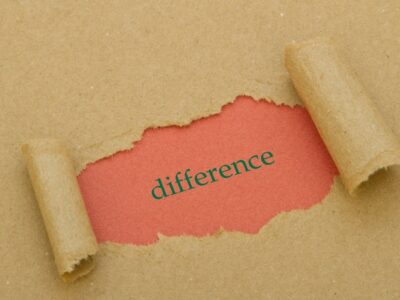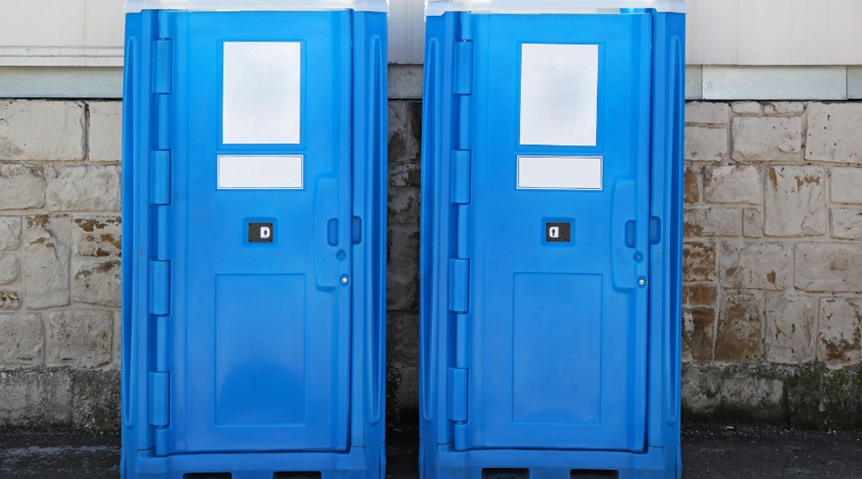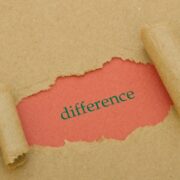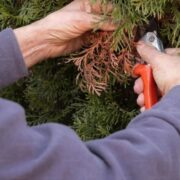From picturesque landscapes to fertile lands, soil plays a vital role in supporting the world’s ecosystems. Unfortunately, erosion can significantly degrade the quality of soil – in some cases, to a point of no return. Having knowledge about the types of erosion, their causes, and prevention strategies can help us protect the soil and preserve its quality for future generations. In this article, we will discuss the different forms of erosion, along with the appropriate measures needed to prevent further soil damage.
What is Erosion?
Erosion is a natural process wherein soil, rocks, and other materials are moved by external forces, such as water, wind, or human activities. Over time, these forces wear away the soil, gradually stripping it of its vital nutrients and causing a series of environmental challenges. To better understand and prevent erosion, let’s delve into its various types, their causes, and potential solutions.
Water Erosion
Water erosion is one of the most common forms of soil degradation. It can be caused by rainfall (such as splash erosion), rivers, streams, and even melting snow. There are a variety of ways to prevent water erosion, including:
- Planting vegetation to stabilize the soil and prevent surface runoff.
- Building terraces or swales to slow and divert water flow.
- Installing silt fences or sediment filters to prevent sediment from escaping construction sites.
Wind Erosion
Wind erosion occurs when strong winds lift and move pieces of soil, sand, and rocks. This primarily affects dry, loose soil. To address , you can:
- Plant windbreaks, such as trees or hedges, to slow down the wind and reduce its erosion impact.
- Mulch the soil surface to keep soil particles from becoming airborne.
- Employ cover crops to protect the soil during periods of crop rotation.
Human-Induced Erosion
Lastly, human activities contribute significantly to soil erosion, primarily through deforestation, agriculture, and construction. Some effective strategies to prevent or mitigate human-induced erosion include:
- Implementing sustainable land use practices, like crop rotation and no-till farming.
- Planting vegetation before and after activities like construction or logging that can disturb soil layers.
- Conducting regular maintenance and inspection of flood and erosion control structures.
To Conclude
Understanding and recognizing the different types of erosion is essential for effective land management. By employing a combination of preventative measures and professional solutions for erosion in Atlanta, we can promote healthier ecosystems, protect the environment, and create a stable foundation for future generations. So, let’s work together to protect and preserve our soil for a sustainable future.













